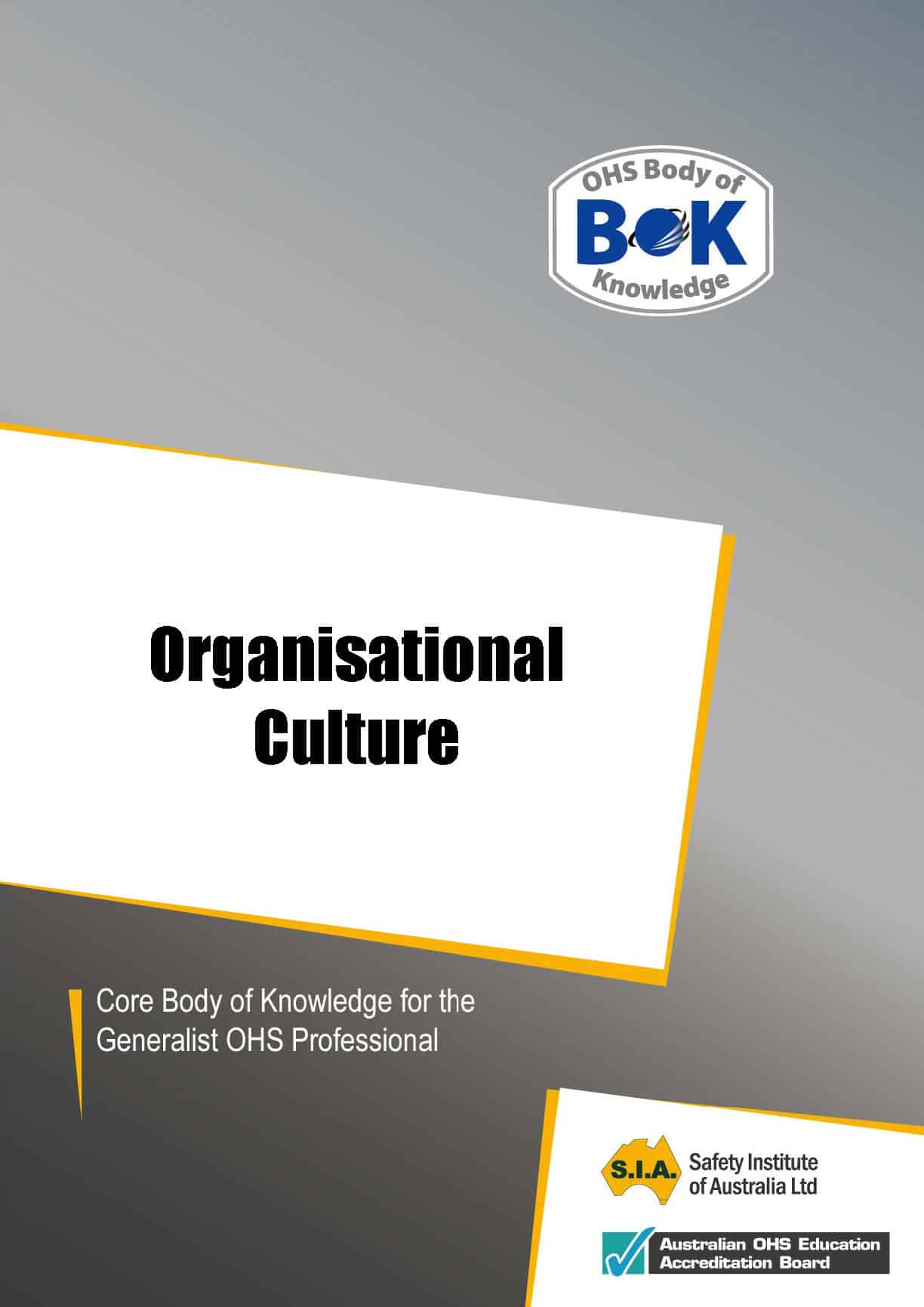 Many OHS professionals state that leadership is a crucial element to establishing a safety culture and then support this with examples of positive leadership. But some people fail at leadership and failure is often more instructional than success. Recently the CEO of Orica, Ian Smith, had to resign after his abusive manner resulted in the resignations of two employees. This is bad enough but when the Board hired Smith around three years earlier, the Board saw his manner as attractive. If leadership is crucial to a safety culture, what does this say about Orica’s decisions?
Many OHS professionals state that leadership is a crucial element to establishing a safety culture and then support this with examples of positive leadership. But some people fail at leadership and failure is often more instructional than success. Recently the CEO of Orica, Ian Smith, had to resign after his abusive manner resulted in the resignations of two employees. This is bad enough but when the Board hired Smith around three years earlier, the Board saw his manner as attractive. If leadership is crucial to a safety culture, what does this say about Orica’s decisions?
The Chanticleer column of the Australian Financial Review (AFR) wrote on March 24 2015 (paywalled):
“The board’s determination to have Smith shake Orica to its foundations was so great it allowed him to destroy staff engagement and walk all over the company’s culture of mutual respect. What is so bewildering about this deliberately aggressive and occasionally bullying change management strategy is that it was endorsed by a range of respected non-executive directors…..”

 One of the most effective ways of learning is by listening to or reading stories. This has been an accepted truth since well before the printed word, even though modern
One of the most effective ways of learning is by listening to or reading stories. This has been an accepted truth since well before the printed word, even though modern 